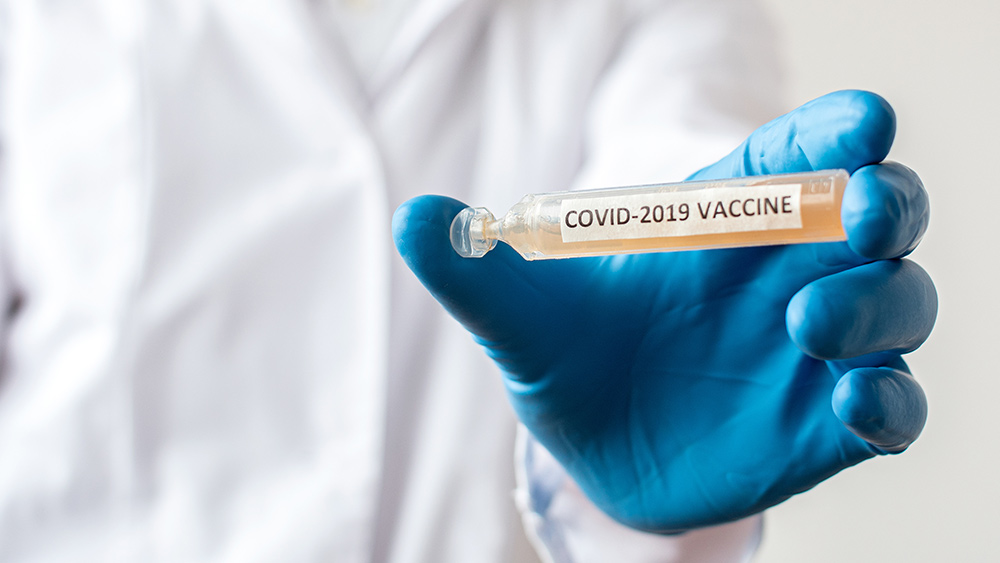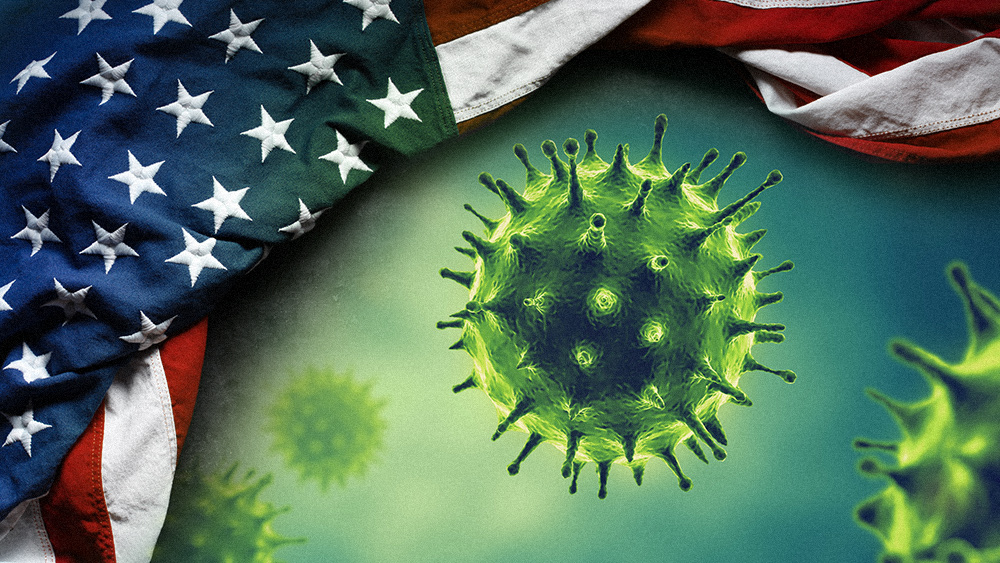Did the 5G rollout in Wuhan damage the innate cellular defense cells of the population, putting the people at risk of complications and death from coronavirus?
02/26/2020 / By Lance D Johnson

Scientists have been sounding the alarm about the dangers of 5th generation wireless technology. Some countries have heeded the warning about wireless radiation and the harmful effects of EMFs. China, on the other hand, has completely ignored all warnings and has proceeded to unleash 5G faster than any other nation. In fact, China rolled out 5G in the province of Wuhan in October 2019. Just two months later, the city became afflicted by a new kind of coronavirus named CoVid-19. How did a formerly benign class of virus become so opportunistic in such a short amount of time? Why is the death rate so high at the epicenter of the outbreak?
Did the 5G launch in Wuhan China cause widespread compromised immune systems?
Why did the city’s population suddenly become so vulnerable? Could it be that 5G oxidized important surveillance proteins of the innate immune system of the Wuhan population? Does 5G cause severe inflammation, damaging the innate immune system? Could it be that 5G does cause DNA breaks, as documented by scientists? Do these DNA breaks potentially affect innate immune molecules such as the mannose binding lectins (MBLs), which are primarily located on lung surfactant proteins A and D?
MBLs are powerful defense molecules that have been clinically studied to target coronaviruses early in their replication cycle, preventing viral attachment. If MBL levels are compromised through oxidation, respiratory viruses can more readily take hold of the human host. Deficiency in MBLs also occurs when there is a three single point mutation in exon 1 of the MBL-2 gene. For an infectious agent to cause complication and/or fatality, a person’s immune system must be compromised. Did the launch of 5G in Wuhan China help facilitate the outbreak of this deadly bioweapon?
MBLs are a natural defense system in the human body used for biological recognition and surveillance at the molecular level. MBLs bind with sugars, allowing the protein to interact with many different kinds of viruses, bacteria, yeasts, fungi and protozoa cloaked with such sugars. MBLs are unique because they can bind to the surface of microbes and activate the complement system in an antibody. They are one of the only anti-viral systems that can break down the signature glycoprotein shell that surrounds coronaviruses, including Ebola, SARS, and MERS.
Deficiency in mannose binding lectins is linked to chronic obstructive pulmonary disease, neonatal sepsis, and respiratory syncytial virus (RSV), among other complications and respiratory illnesses. Scientists estimate that 10 to 30 percent of the population is deficient in MBLs, putting them at serious risk of complications from any and all respiratory infections. This is the most serious aspect of the coronavirus outbreak: Up to thirty percent of the population may already be susceptible to serious complications from this weaponized strain. 5G wireless radiation only compromises immunity further. After all, one of the documented symptoms of 5G is “flu-like symptoms.” Why is the fatality rate higher at the epicenter of the outbreak?
Did the launch of 5G wireless radiation cause oxidative damage to innate immune molecules like the mannose binding lectins in the people of Wuhan China? Did 5G cause genetic mutations, suppressing natural levels of mannose binding lectins? Did the well documented oxidative effects of 5G affect the population’s innate immune system, oxidizing the very molecules that the immune system needs in order to protect the respiratory system? Is 5G accelerating the virility of coronavirus by weakening important cellular surveillance systems on the proteins of lung cells?
Sources include:
Tagged Under: 5g, 5G health risk, compromised immunity, flu-like symptoms, innate immune system, mannose binding lectins, Public Health, radiation, wireless radiation



















